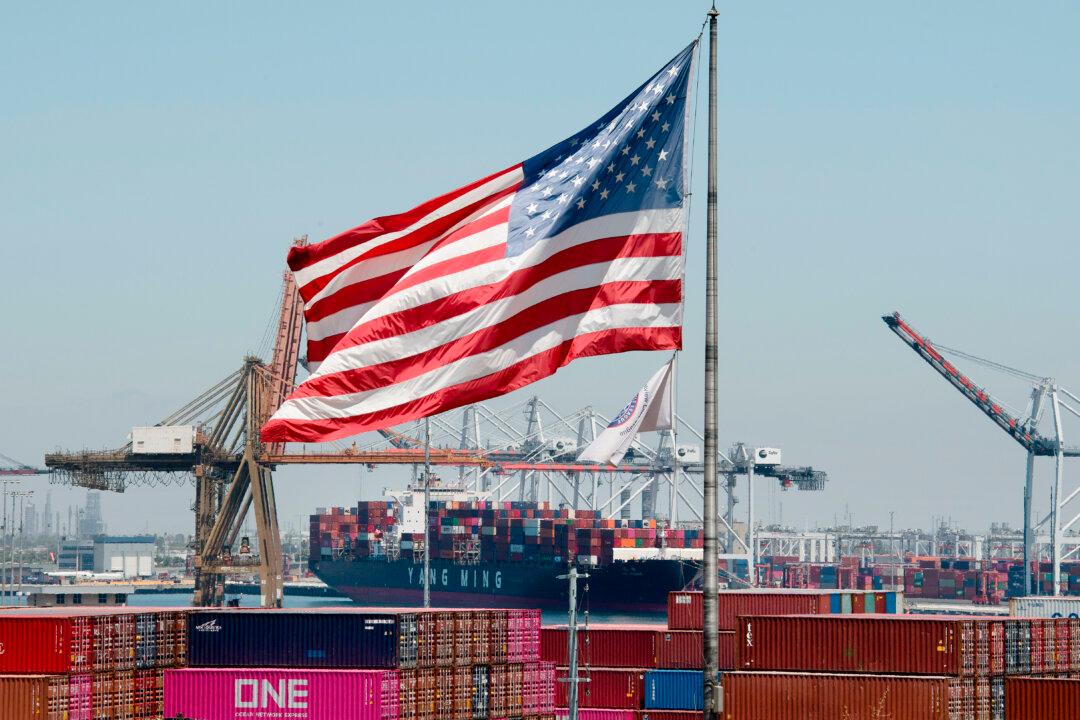WASHINGTON—Operation Warp Speed, which was forged by the Trump administration to ramp up the development, production, and distribution of COVID-19 vaccines, resembles the U.S. industrial mobilization effort during World War II, according to experts.
Because of the partnership between the government, military, and private sector, the vaccines were delivered within a seemingly impossible timeline.





